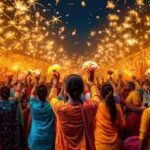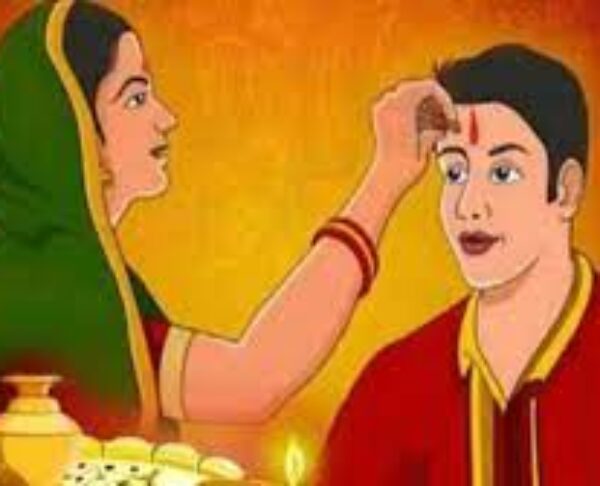Introduction:
In the tapestry of Indian festivals, Bhai Dooj emerges as a vibrant and emotionally rich celebration, paying homage to the sacred bond between brothers and sisters. Also known as Bhai Phota, Bhau Beej, or Tikka.
- Cultural Significance: Bhai Dooj holds deep cultural and historical significance, with roots in Hindu mythology. Legend has it that Lord Krishna visited his sister Subhadra after defeating the demon Narakasura.
- Bond of Love and Protection: Bhai Dooj is a day dedicated to honoring the unique bond between brothers and sisters. Sisters pray for the well-being and longevity of their brothers, while brothers, in turn.
- Tilak and Aarti: The highlight of Bhai Dooj is the tilak ceremony, where sisters apply a colorful tilak on their brothers’ foreheads, symbolizing their love, prayers, and good wishes.
- Gifts and Sweets: Gift exchange is an integral part of Bhai Dooj celebrations. Sisters shower their brothers with thoughtful gifts, ranging from clothes and accessories to gadgets and sweets.
- Feast and Family Time: Bhai Dooj is often marked by a festive feast where families come together to share a meal. Sisters prepare special dishes for their brothers, creating an environment of joy and togetherness.
- Modern Celebrations: While traditional rituals remain at the heart of Bhai Dooj, modern celebrations often include virtual tilak ceremonies for siblings who may be geographically separated.
Conclusion:
Bhai Dooj stands as a testament to the enduring and unconditional love between siblings. Beyond the rituals and festivities, it encapsulates the essence of familial bonds that provide support, companionship, and joy throughout life’s journey.




